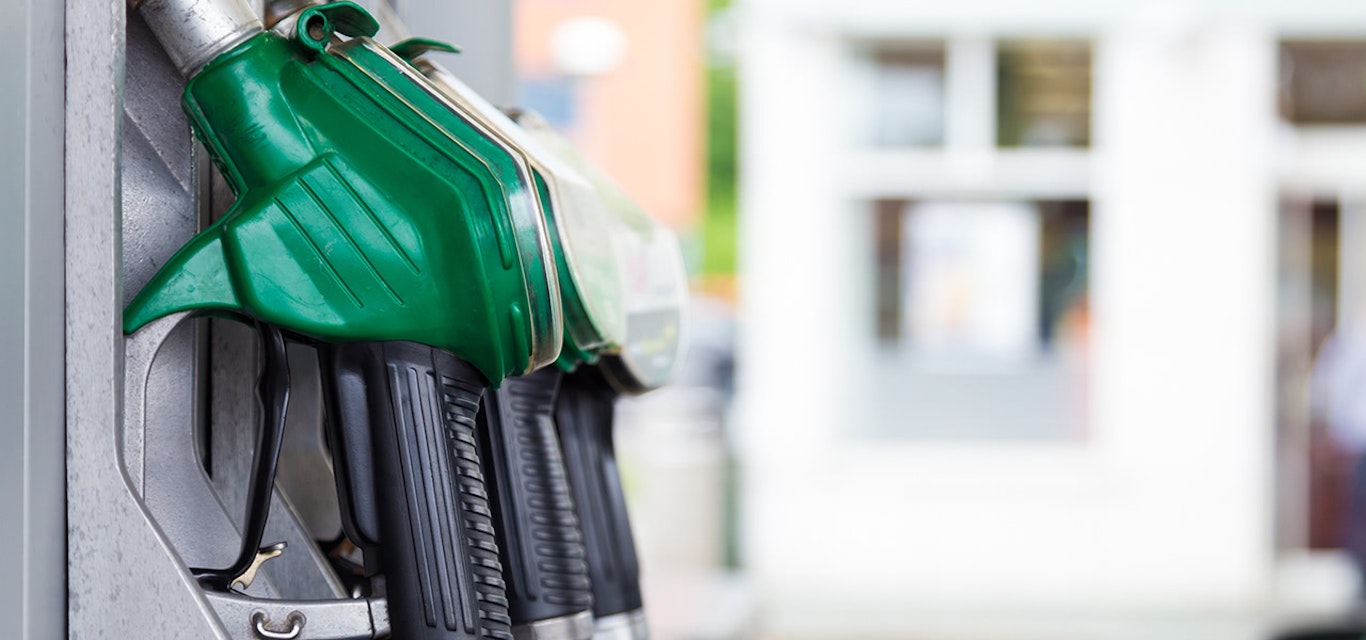What is real-time fuel price reporting?
After years of campaigning, we are pleased that the Tasmanian Government has committed to the introduction of a mandatory real-time fuel price reporting scheme.
It's an initiative that we believe is going to help reduce Tasmania’s petrol prices, but many motorists are probably wondering what real-time fuel price reporting actually means for them.
Firstly, some background. There’s no doubt that the price of fuel in Tasmania has been too high for too long.
‘The Australian Automobile Association (AAA) has consistently found that Hobart is Australia’s most expensive capital city in terms of fuel prices, with drivers spending an average of $80 per week,’ RACT Chief Member Experience Officer, Stacey Pennicott said.
‘AAA data also shows that Launceston is one of Australia’s most expensive regional cities relating to fuel, with drivers spending an average of $90 per week.’
However, prices at the bowser did not drop accordingly, meaning motorists were overcharged more than an estimated $15 million for fuel between 1 March and 30 June.
‘This is where we believe fuel price reporting can step in to reduce the cost of petrol for Tasmanians, particularly in light of the economic impacts of COVID-19,’ Ms Pennicott said.
‘Firstly, this scheme offers transparency for motorists as service stations must report any changes to their prices on a website and smart phone app. This will allow motorists to see the most up-to-date, and cheapest, fuel prices in their area.
What this does is make service stations more accountable for their prices, particularly price increases. This generates competition amongst service stations, which in turn should drive prices down.’
The government’s proposed scheme will be similar to FuelCheck in New South Wales, which has saved motorists $111 million each year since starting up in 2016. Queensland has also trialled a similar initiative, with motorists saving almost $123 million in just 12 months.
You might be thinking ‘How does this apply to Tasmania?’ Well, our modelling indicates that Tasmanians could benefit from significant savings at the bowser too.
Federal Government figures show that, in 2018/19, Tasmanians used 426 million litres of fuel.
‘This means that for every 1 cent per litre Tasmanian motorists save through fuel price reporting, that’s a total of $4.26 million each year. For every 3 cent per litre saving, it’s a $12.78 million saving each year, and so on,’ Ms Pennicott said.
In NSW, FuelCheck has received more than 8.5 million online hits and its app has been downloaded 560,000 times. In Tasmania, we had almost 10,000 Tasmanians support our push to introduce real-time fuel price reporting in the state by signing our petition released earlier this year.
‘We believe Tasmanians have an appetite for change and for these reasons we believe real-time fuel price reporting is a positive step forward,’ Ms Pennicott said.
‘We’re looking forward to working with the government to ensure Tasmanians use the website and smartphone app, and seeing similar positive results across the state in the coming months.’
